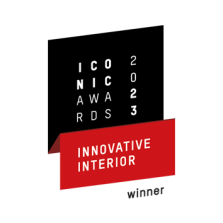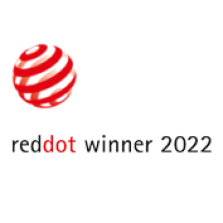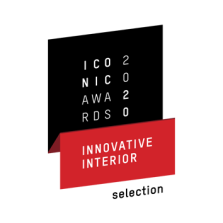Agile working: definition
Agile working: definition
1st Approach: Improving and changing team collaboration.
2nd Approach: Creating added value for customers.

Structuring work: What does agile working mean?
In a business context, this means that companies whose teams and leaders can dynamically adapt strategies, processes, and structures are better able to respond to change. Therefore, agile working in companies must always be considered as a whole.
Classical and agile project management methods differ in both their approach and the process of individual projects. To understand how agile working functions and why it is transforming the world of work, it's worth looking at traditional methods, which are much more planning-oriented compared to agile approaches. Examples of traditional methods are the V-Model, waterfall, work breakdown structure, and Gantt charts. The waterfall method is often used as a prime example of a classic, sequential approach to project management.
Waterfall model — the classic method
The waterfall model is a linear planning model divided into five consecutive phases:
- Phase 1: Requirement analysis
- Phase 2: Create draft
- Phase 3: Implement draft
- Phase 4: Conduct tests
- Phase 5: Commissioning
Each phase has a fixed start and end date, and ideally, each phase is completed only once. This leaves little room for change but provides clear structure and guidance.
Advantages of linear planning models
The advantages of linear planning models compared to agile working are:
- Clear requirements and straightforward structure
- Project progress visible through milestones
- Planning security and control
- Calculation of time, budget, and workload
Disadvantages of linear planning models
When comparing linear planning models with agile working methods, the following disadvantages become clear:
- Little flexibility due to rigid sequence
- Error correction can be very costly
- The ideal of smooth progress through each phase is hard to achieve
- Errors are handled less quickly and flexibly
- Unforeseen changes can push the project back to the design phase
While classical models such as the waterfall model excel in structure and predictability, they quickly reach their limits in dynamic and complex environments. This is where agile working takes over: It offers the flexibility needed to react quickly to changes and unexpected challenges. Integrating agile structures in a company is a process that takes time and experience. The goal is to build a completely agile organization capable of responding effectively and problem-solvingly to changing customer needs, market situations, and technological developments.
Because there are so many agile options, the process cannot be generalized. The focus should always be on allowing people in the team to realize their individual potential.

Agility in Organisations: When is agile project management useful?
Indicators that agile working could be useful:
- Lack of transparency in projects
- Demotivated employees
- Decreasing quality of work
- Lack of customer feedback
- Products that no longer meet customer expectations and requirements
Advantages of agile working methods
Agile working with tools
When a company chooses to work agile, various tools can be employed to support the process. Mobile whiteboards, for example, bring more flexibility to meetings and organizations and can be used wherever they are needed. At SIGEL, even more products are available to support agile working.









